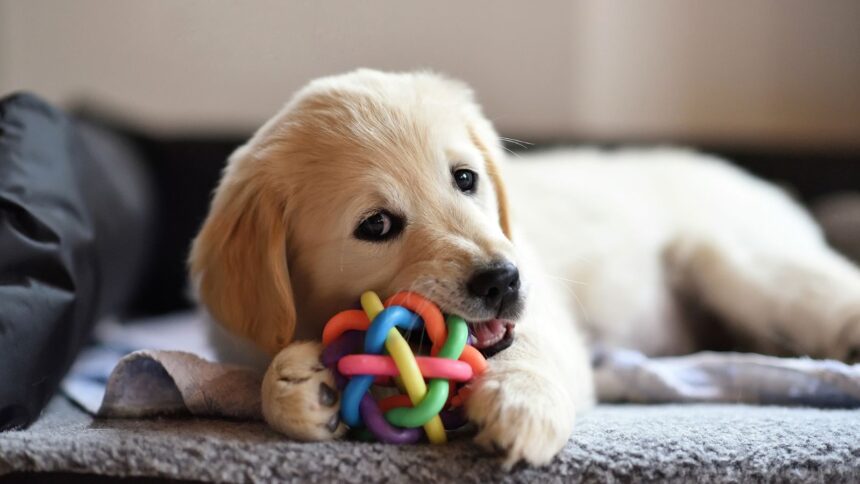For a dog lover, social media is often flooded with videos of dogs being ‘guilty’ or in their ‘teenage dirtbag’ phase, often being confronted by the piece of furniture they have chosen to chew up.
Have you ever wondered why your otherwise loving and sensitive would brutally take to the furniture? While the reasons are diverse, young puppies often display this behavior to help themselves in the teething phase.
Yes, you read that right. Akin to human babies, dogs also go through a teething phase. Dr Deepraj Prajapati, a Senior Veterinarian at RD Pet Clinic explains, “Teething is a critical developmental stage for dogs, involving the replacement of baby teeth with adult teeth. This period can be challenging for both dogs and their owners, as it often includes discomfort, behavioral changes, and chewing tendencies.”
While the teething timeline for your pooch varies on their breed and size, most experience the loss of milk teeth at around 3 to 4 months of age. This is accompanied by the arrival of new teeth that completely settle in by 6 to 8 months of age.
Dr Prajapati explains that you may notice this through observing drooling, swollen gums, and a decreased appetite in some cases.
To help with the discomfort, “Safe teething toys are essential to redirect your dog’s chewing and promote healthy dental development,” advises Dr Prajapati.
You may try a variety of toys ranging from durable options like Kong toys can be stuffed with treats and frozen to soothe gums to a range of dental chews that promote oral hygiene while satisfying the chewing instinct.
While chewing is a natural instinct, it is ideal to keep an eye out on your furry friend to redirect chewing to appropriate toys. You can ensure that they do not target furniture, curtains, or other household items by redirecting or removing temptations. For instance, keep shoes, wires, and other chewable items out of reach. For the items that cannot be hidden, Dr Prajapati recommends applying “bitter-tasting sprays on furniture or items prone to chewing.”
Experts emphasize the importance of training in such situations as “Consistency is key in preventing destructive behavior,” opines Dr Prajapati.
Using a crate during unsupervised times to limit access to household items may prove as a temporary relief but for the longer haul, it is ideal to practice positive reinforcements and redirection.








